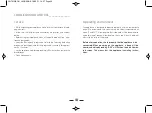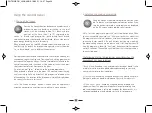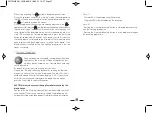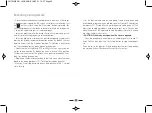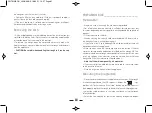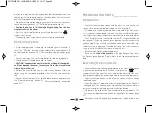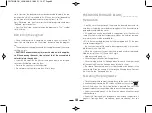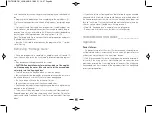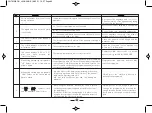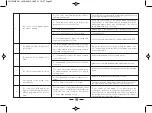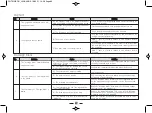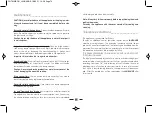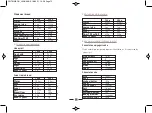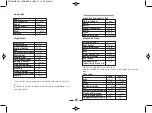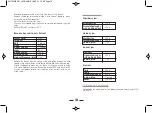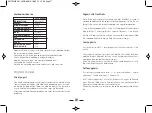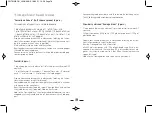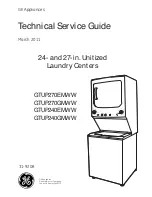
65
4
5
6
7
3
The centre of the bread sags at
the time of baking.
The bread is difficult to turn out of
the trough.
The density of the bread is too
high.
The crust of the bread is too thick.
After having cut the bread, it has
several holes.
The crust is too thick and the gil-
ding is too dark during a bread or
gâteau programme with a lot of
sugar.
Never lift the cover during the rising or baking. Lift it as less
as possible during the other phases.
Verify the consistency of the dough when the audible
signal sounds to add ingredients.The dough must form an
elastic and slightly sticky ball. If the dough is too soft or
liquid, add a tablespoon of flour.
Slightly reduce the quantity of yeast during the next test
Use lighter flour.
Use the yeast at a temperature of approximately 20-25°C.
Tap on the bottom of the trough to help the blade come
off. The next time, brush the shaft of the blade with butter
before inserting it.
Reduce the quantity of flour or add water.
Reduce the concerned ingredients and add a little bit of yeast.
Remove the bread from the appliance before the warming
starts.
Reduce the quantities of water and/or yeast.
The water must be warm (approximately 27°C) except for
the Ultra quick programme where it can rise to 45°C.
If the colour of the bread is too dark, press the
“start/stop” button to interrupt the programme 5 to 10
minutes before its programmed end. Leave the bread in
the trough, cover closed, for 20 minutes before taking it
out and turning it out of the mould.
A/ The cover was lifted during the rising or
baking of the bread
B/ The quantity of water is too large or the
quantity of flour is not sufficient
C/ There is too much yeast
D/ The type of flour used is not suitable
E/ The temperature of yeast is too high and
causes a rising that is too fast
The kneading blade remains stuck on its shaft
in the bread trough as the preparation resi-
dues have slipped between the blade and its
shaft and then got burned.
A/ The quantity of flour is too much or water
is not sufficient.
B/ The quantity of wholemeal flour or fruits is
too much.
Too much water was removed (bread dried
up underneath) by warming for too long in
the appliance.
A/ The quantities of water or yeast are too
large.
B/ The water temperature is too high.
Certain recipes or ingredients have an effect
on the colour of the gilding of the bread that
will be become very or even too dark becau-
se of the large quantity of sug
8
FAIT MAISON_LAGRANGE 16/05/11 10:07 Page67

